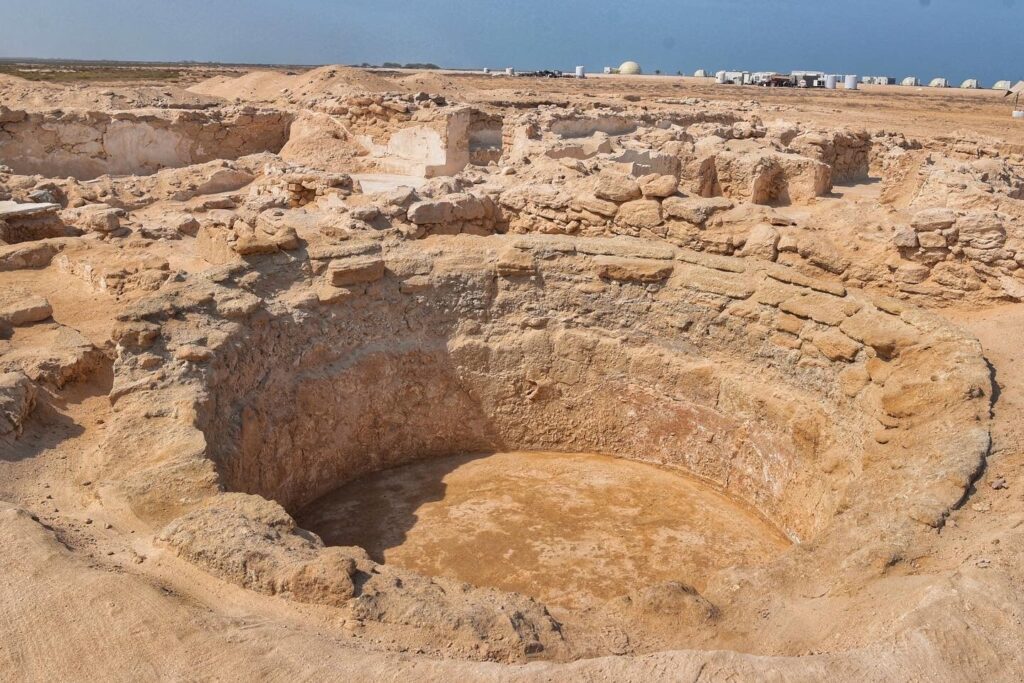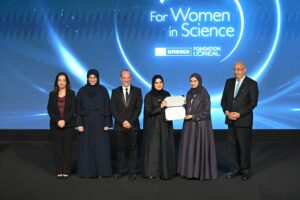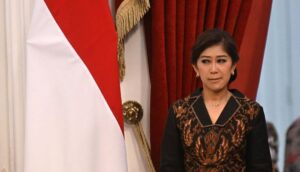Ancient Christian monastery discovered in Umm Al Qaiwain

Archaeologists have discovered an ancient Christian monastery at Al Siniya Island in the emirate of Umm Al Qaiwain.
The Umm Al Quwain Tourism and Archaeology Department said on Thursday that the complex included a church, refectory, cisterns, and cells for the monks.
Noura Al Kaabi, Minister of Culture and Youth, Zaki Nusseibeh, Cultural Adviser to the UAE President and Chancellor of UAE University, and Sheikh Majid bin Saud Al Mualla, Chairman of the UAQ Tourism and Archaeology Department, were present during the announcement.
Sheikh Majid said that the historical environment of Al Siniya Island includes a number of the most important archaeological and tourist sites in Umm Al Quwain. These provide a living record of the various religious and multicultural societies that have settled on the island over the past centuries, he added.
Minister of Culture Noura Al Kaabi said that this archaeological discovery is of great historical and heritage value to the UAE.
“The UAE government is making great efforts to protect and preserve the local heritage for generations to come in continuation of the approach adopted by the late Founding Father Sheikh Zayed bin Sultan Al Nahyan. This is what urges us to continue our commitment to protecting our heritage and history, of which we are proud,” she added.
Nusseibeh described the find as one of the most important archaeological discoveries in the region. “We congratulate Umm Al Quwain Tourism and Archaeology Department on discovering this rich heritage that extends over large areas of the island. We wish the Department success in exploring for the island’s archaeological treasures in cooperation with the Ministry of Culture and Youth and state universities to preserve the cultural heritage of the people of the Emirates and to highlight it with due care and concern.”
The find was made under the aegis of the Siniya Archaeology Project, a collaboration between the UAQ department of tourism and archaeology; the Institute for the Study of the Ancient World at New York University in New York; the UAE University and the Italian Archaeological Mission in UAQ to study the area.
Radiocarbon dating and assessment of pottery excavated at the site suggests the community flourished there between the late sixth to mid-eighth centuries, which means it could have witnessed the birth of the Islamic era.


